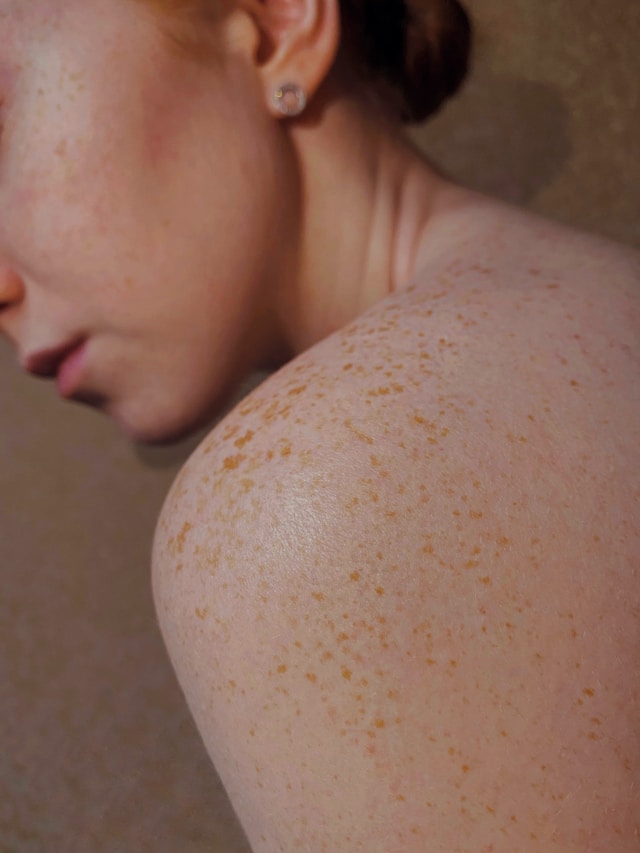Neurocosmetics: the beauty trend tapping into the skin–brain connection
If 2024–2025 had a single buzzword in pro skincare, it’s neurocosmetics. Brands are moving beyond “anti-ageing” into mood, stress and sensorial performance — and formulators are exploring ingredients that talk to the skin’s own neurosensory system.
What are neurocosmetics?
Neurocosmetics are topical products designed to interact with the skin’s peripheral nervous system (sensory nerves, neuromediators and their receptors) to influence how skin feels and behaves — and sometimes how we feel about our skin. Think actives that modulate neurotransmitter release, stress mediators (like cortisol) or ion channels involved in itch, sting and redness.
Why this makes sense biologically
- Skin and brain share an origin (ectoderm) and communicate constantly via nerves and chemical messengers.
- Stress→skin loop: psychological stress upregulates CRH/cortisol, which can impair barrier function (↑ TEWL), drive inflammation and exacerbate acne or sensitivity. Targeting this loop locally in skin is a core neurocosmetic strategy.
- Nerve endings & receptors in skin (e.g., TRP channels) mediate sensations like burning, itch and heat; modulating them can change both perception and downstream inflammation.
How do neurocosmetics work? (Mechanisms you’ll see on INCI lists & claims)
- Stress-pathway modulators
- Cortisol/CRH axis: botanical complexes like Tephrosia purpurea extract (trade name Neurophroline®) are marketed to reduce cortisol in skin cells and promote “feel-good” neuropeptides, improving dull, fatigued look. (Note: claims depend on supplier data.) Neuromodulating peptides (the “botox-like” family)
- Acetyl Hexapeptide-8 (Argireline®): interferes with the SNARE complex involved in acetylcholine release, softening expression lines without injections. Evidence shows modest wrinkle-depth reductions in short-term studies.
- Dipeptide/tri-peptide analogs and plant alkaloids aim for similar “myorelaxant” effects.
- TRP channel modulators (sensory nerves)
- TRPV1 (heat/pungency receptor) is implicated in neurogenic inflammation and itch; controlled activation or desensitisation (e.g., via capsaicin or analogs) can reduce reactivity over time. Plant myorelaxants
- Spilanthol from Acmella oleracea (“paracress”) shows rapid, temporary muscle-relaxing and sensorial effects for smoothing lines — widely used in natural-leaning formulas. (Strength of evidence varies by extract and study design.) Common ingredients in natural skincare formulations
- Sensorial boosters
- Texture, temperature shift, and fragrance can activate C-tactile fibers and limbic pathways, supporting relaxation and perceived efficacy — crucial to neurocosmetic experience. (Industry perspective; evidence is emerging.)
What benefits do consumers notice?
- Calmer-looking, less reactive skin during stressful periods
- Softer expression lines (short-term “relaxing” effect)
- Reduced itch/sting, improved comfort
- Enhanced sensorial pleasure and mood linked to routine (ritual matters!)
Important reality check: while mechanisms are plausible and exciting, effects are generally subtle and require consistent use; clinical evidence ranges from robust (some peptides) to early-stage (many botanical “neuro” actives).
Formulation playbook (for clean, COSMOS-friendly concepts)
- Pair a “neuro” hero with barrier care: niacinamide, ceramides, cholesterol, linoleic-rich oils and humectants to counter stress-induced TEWL.
- Balance sensorials with sensitivity: if exploring TRP-active ingredients, dose conservatively and patch-test; avoid stacking multiple “tinglers” in reactive-skin lines.
- Peptide stability: use airless packs, compatible pH (often ~5–7 for Argireline), and include chelators; confirm with supplier data.
- Plant myorelaxants: standardise Acmella extracts for spilanthol content; verify dermal tolerability and claims support.
- Ritual design: texture, glide, and gentle massage amplify perceived wellbeing and adherence — a hidden “active” in neurocosmetics.
Claims & compliance (EU focus)
Neuro-language can drift into medical territory fast. Keep claims truthful, substantiated and not misleading per EU Reg. 655/2013 and related guidance; hold tech files with adequate evidence (in-vitro, instrumental, consumer, or psychometric data) aligned to the exact claim wording. Avoid mood/psychological treatment claims; frame benefits around skin comfort, signs of fatigue, reactivity, sensorial experience. (European Commission)
Who is this for?
- Sensitive/“stressed-skin” lines (urban exposome, long hours, screens)
- Pro-age ranges seeking immediate sensory payoff plus gradual improvements
- Spa/home-ritual brands that emphasise touch, breath and mindful application
Quick FAQ
Are neurocosmetics safe?
Generally yes when formulated within cosmetic limits and tested for irritation/sensitisation. Start low, patch-test, and be cautious with strong TRP modulators on reactive skin. (PMC)
Do they change mood?
Some actives are marketed to influence “feel-good” mediators in skin, but evidence for direct mood change is limited; most benefits are skin-comfort + sensorial experience rather than clinical mood therapy.
Are they a replacement for injectables?
No. “Botox-like” is shorthand for softening expression lines; effects are milder and temporary. (PMC)
Bottom line
Neurocosmetics sit at the intersection of cutaneoneurobiology, stress science and sensorial design. When you combine credible neuromodulating actives with barrier-first formulation and soothing ritual, you deliver products that feel good and help skin look calmer — without over-promising. That’s a trend worth formulating for.
Cheers,
La Mayca x
